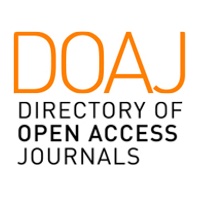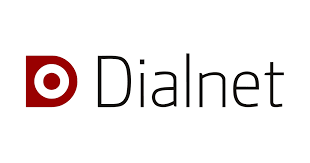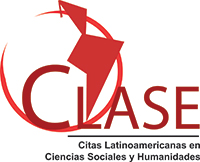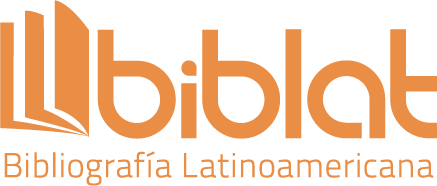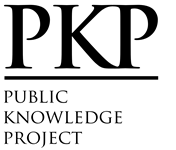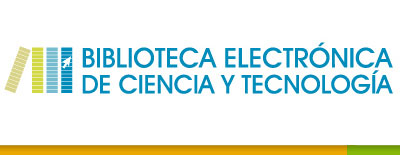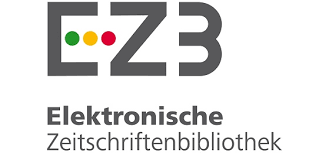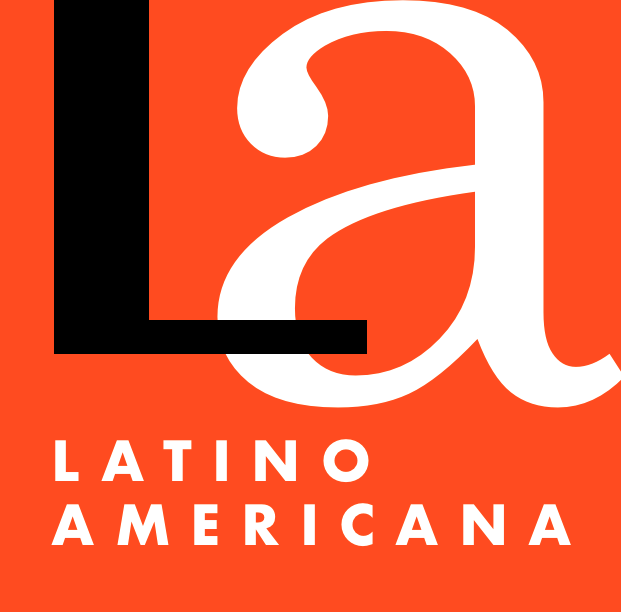Science and Religion in the classroom: narratives about conflict and independence in Argentine High School textbooks
Abstract
In Argentina, the relationship between science and religion is not a topic of concern for the population, nor is it debated in the public sphere. However, recent studies have shown that religious scientists are stigmatized for their beliefs and that within some scientific institutions, there is an idea that science and religion are in conflict. This study proposes to analyze whether this notion extends to Secondary Education by exploring some didactic materials.
This study examines the representations of the relationship between science and religion found in school texts. Biology and History textbooks and workbooks produced by both public institutions and private publishers for the first and second years of high school were analyzed, in accordance with the curriculum design of the City of Buenos Aires. A total of 45 materials were surveyed, exploring what information they reflect about the relationship between science and religion, the terms in which the connection between them is established, through which concepts, and in which topics of the study programs.
Different approaches were found depending on the text and the theme from which the relationship is presented. There is no majority or unified stance. On the contrary, the approach varies from one manual to another, from conflict to independence and even complexity.
Downloads
References
Barbera, M. S. (2024). Manuales escolares Argentina - Representaciones de ciencia y religión. [Conjunto de datos] In María Sol Barbera Dataverse. Harvard Dataverse. https://doi.org/10.7910/DVN/BVVTOS.
Barbour, I. G. (2004). El encuentro entre ciencia y religión: ¿rivales, desconocidas o compañeras de viaje? Sal Terrae.
Brooke, J. H. (2016). Ciencia y religión: perspectivas históricas. Universidad Pontificia Comillas.
Brooke, J. H., & Numbers, R. L. (Eds.). (2011). Science and Religion Around the World. OUP USA.
Catanzaro Román, M. G. (2017). Educación en Argentina: ¿pública o laica? Los casos de las provincias de Salta y Mendoza. Revista Anales de la Facultad de Ciencias Jurídicas y Sociales, 14(47), 190-212. https://revistas.unlp.edu.ar/RevistaAnalesJursoc/article/view/4211.
Carabajal, B. F., Vissani, V. M., Sagol, C. G., Celotto, A., Sá, I. M., Avegno, M. C., Cambiasso, C., Abusamra, V., Tiscornia, M. S., & Dominguez, E. G. (2019). América y Europa entre los siglos XIV y XVIII. Santillana.
Celotto, A., Enrique, M., Estévez, D. A., Maidana, L. S., García, P. A., & Vissani, V. M. (2018). Ciencias Sociales 1. Desde las primeras sociedades hasta el fin de la Edad Media. Sociedades y ambientes del mundo. Santillana.
Darraidou, S., Sabanes, V., Vidal Ruiz, P., & Younis Moreno, E. (Eds.). (2016). Historia 2, América y Europa entre los siglos XV y XVIII. Estación Mandioca.
De Asúa, M. (2019). Draper, the "Conflict Thesis" and Secularising Politics in Late Nineteenth-Century Argentina. Journal of Religious History, 43(3), 305-327. https://doi.org/10.1111/1467-9809.12614.
De Asúa, M. (2021). Science, Catholicism, and the French (Latin) Pattern of Secularization. The Case of Argentina (1820-1958). Studies in Religion / Science Religieuses, 50(2), 237-257. https://doi.org/10.1177/0008429820953551.
Esparafita, F. O. (2020). Vínculo entre ciencia y religión en contenidos del área de biología del segundo año de la escuela secundaria de la Provincia de Buenos Aires (Argentina). Quaerentibus, 15(15), 39-72. https://quaerentibus.upaep.mx/index.php/quaerentibus/article/view/49.
Fitz Herbert, A., Rivera, R., Ketelhohn, F., & Elsdon-Baker, F. (2024). Conflict narrative, stigmatisation and strategic behaviour of religious scientists in the Argentinean scientific field. Acta Sociológica, 67(2), 149-163. https://doi.org/10.1177/00016993231173292.
Gould, S. J. (1999). Non-overlapping magisteria. The Skeptical Inquirer, 23(4), 55-61. https://skepticalinquirer.org/1999/07/non-overlapping-magisteria/
Lanteri, S., Browarnik, G., & Kogan, N. (Eds.). (2017). Historia, América y Europa entre los siglos XIV y XVIII. Ediciones SM.
Mallimaci, F., Esquivel, J. C., & Giménez Béliveau, V. (2020). Religiones y creencias en Argentina (2008-2019). Resultados de la Segunda Encuesta Nacional de Creencias y Actitudes Religiosas en Argentina. Sociedad y Religión, XXX(55), 1-31. http://hdl.handle.net/11336/144739.
Mascarenhas de Miranda, L. (2018). A relação histórica entre ciência e religião: uma análise do letramento científico promovido por livros didáticos de ensino médio. [Tesis de maestría] In Repositorio da Produção Científica e Intelectual da Unicamp. https://doi.org/10.47749/T/UNICAMP.2018.1061167.
Numbers, R. L. (Ed.). (2009). Galileo Goes to Jail and Other Myths about Science and Religion. Harvard University Press.
Peñaloza Jiménez, G. (2016). Ciencia, religión y darwinismo en los manuales escolares de biología en Colombia. [Tesis de maestría] In Repositorio Institucional Digital de Acceso Abierto, Universidad Nacional de Quilmes. http://ridaa.unq.edu.ar/handle/20.500.11807/219.
Romero, N. E. (2015). El libro de texto como objeto de prácticas de editores y docentes. Foro de Educación, 13(19), 357-379. https://www.redalyc.org/articulo.oa?id=447544537017.
Tosi, C. (2011). El texto escolar como objeto de análisis. Un recorrido a través de los estudios ideológicos, didácticos, editoriales y lingüísticos. Lenguaje, 39(2), 469-500. http://hdl.handle.net/11336/194499.
Copyright (c) 2025 María Sol Barbera

This work is licensed under a Creative Commons Attribution-NonCommercial-ShareAlike 4.0 International License.
The authors retain the copyright and guarantee the journal the right to be the first publication of the work. In case that a translation of the article already published in Austral Comunicación can be published in another journal, it is requested to record the original publication in the translated version.
The license used is CC BY-NC-SA, which allows sharing (copying and redistributing the material in any medium and format) and adapting (remixing, transforming and building on the material) under the following terms: attribution (acknowledge authorship) and non-commercial (the material cannot be used for commercial purposes). Update: February 1, 2022.
Austral Comunicación allows the author (s) to retain the publication rights without restrictions.










